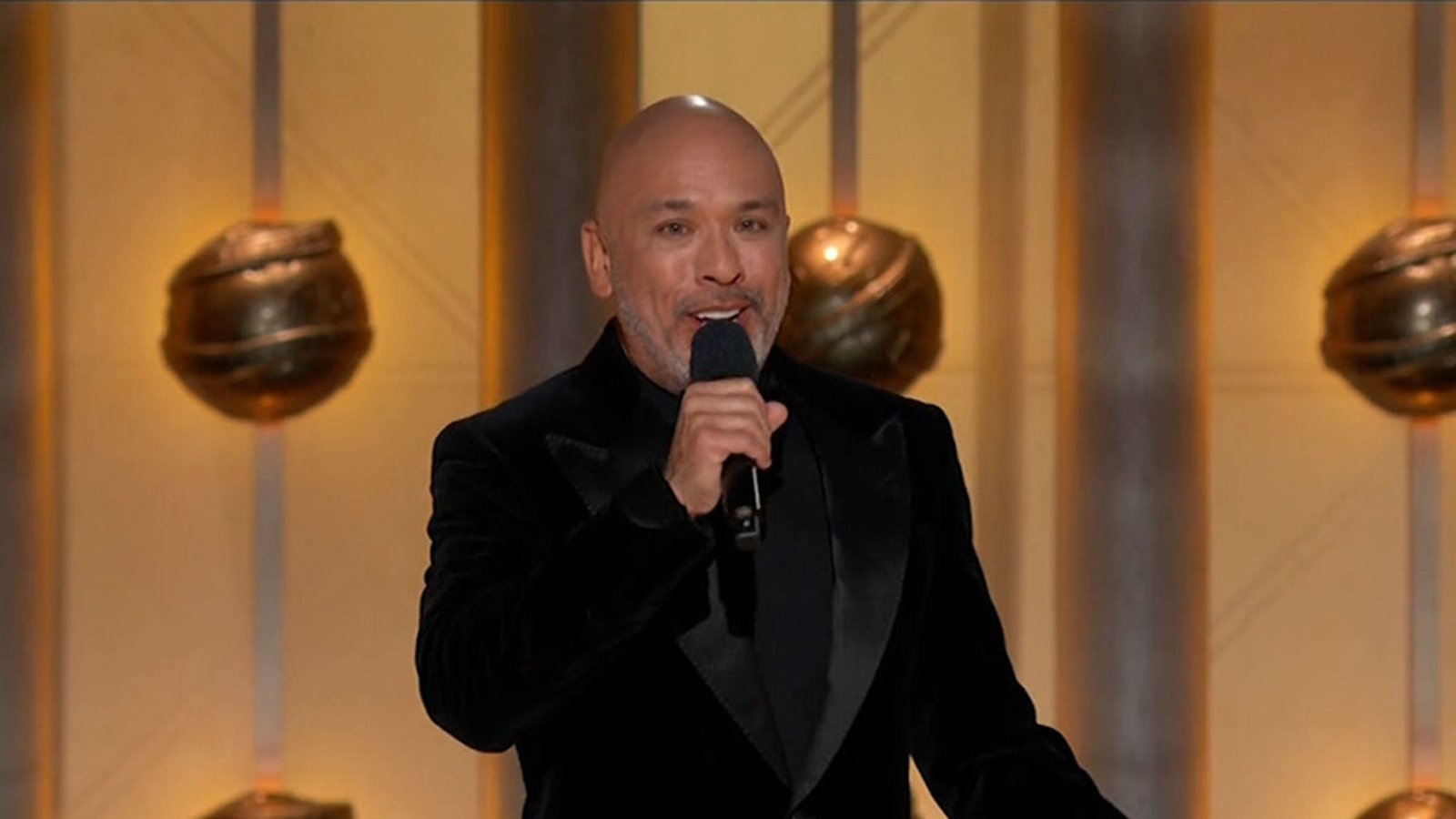The
element is a fundamental building block in HTML, standing for division or divider. It is used to group together elements and style them as a single unit using CSS (Cascading Style Sheets). The
element is a block-level element, meaning it will always start on a new line and take up the full width available.
In the provided code snippet, we can see multiple
elements being used to structure the content of an article about North West, the daughter of Kanye West and Kim Kardashian. These
elements are being used to encapsulate different sections of the article, including images, text blocks, and even a video block.
For example, the first
element contains an image block with a link to a picture of North West returning to Los Angeles in a private jet. The
element helps to separate this image block from the rest of the content on the page, making it easier to style and position using CSS.
Similarly, other
elements are used to group together text blocks, additional images, and even a video block showcasing North West’s recent activities. By using
elements to divide the content into distinct sections, the article becomes easier to read and navigate for the reader.
Overall, the
element plays a crucial role in organizing and structuring the content of a webpage, allowing developers to create visually appealing and well-organized layouts. When used effectively in conjunction with CSS,
elements can help to create a cohesive and engaging user experience for website visitors.





